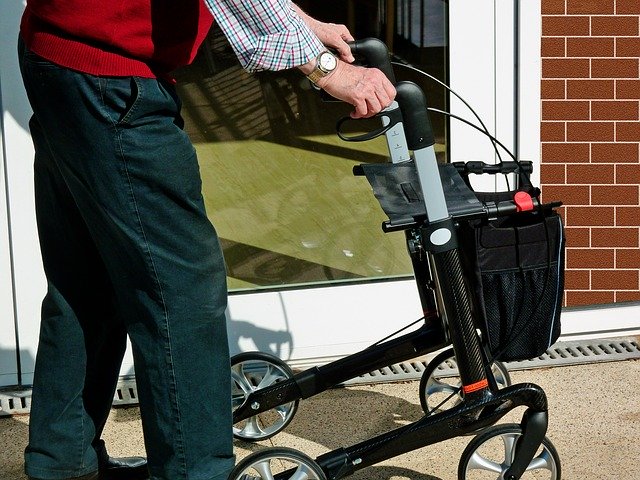In today’s uncertain world, crisis can strike at any time—from man-made accidents like kitchen fires or gun violence and threats, to natural disasters like floods and everything in between. Just as homeowners are expected to have fire escape plans, anyone who lives in a community living situation should also be well-versed in what to do should an emergency unfold. Emergency preparedness plans in assisted living communities present another challenge, yet it is one that owners and managers of such communities must tackle in order to keep all of their residents safe, and their business free from liability.
Preparing for emergencies in assisted living communities differ from the requirements for other types of multifamily properties, as residents often have more complex healthcare needs and may have limited mobility. While property managers can’t predict unexpected situations, they can be proactive and develop plans to be as prepared as possible. To support that effort, SecureCore offers emergency preparedness software to help businesses develop and store crisis plans for easy access during emergencies, and then effectively deploy staff to manage the situation when a disaster does hit.
If you’re just starting down the path of getting a disaster plan in place, here are a few things to keep in mind for assisted living emergency preparedness plans:
- Compliance: All assisted living facilities certified by Medicare and Medicaid must have detailed emergency evacuation plans, so it’s important to check state and federal regulations as these plans are developed and implemented. Standard plans must include protocol for evacuating versus sheltering in place, how emergency care will be provided during an emergency and staff responsibilities during such events.
- Scope: Property managers should make sure their assisted living emergency preparedness plans are expansive and take into account all of the specific hazards that could arise, considering factors like geography and weather, which could impact risk for flooding, and common emergencies like utility disruption or gas and water leaks. Plans should vary depending on the hazard, as particular threats can impact evacuation, electricity and other factors essential to a safe response.
- Staff and support: Crisis plans need to outline expectations for staff members, who must all undergo regular training on how to execute the plan. Many assisted living facilities also work with community partners, such as hospitals and nonprofit organizations, whose roles in an emergency should be clearly spelled out in the plan. Using disaster planning software like SecureCore means that staff will have all of the vital information they need at their fingertips no matter when an emergency occurs.
- Communication: While many property managers focus solely on keeping staff and residents safe when disaster strikes, it’s also important to know how the property is going to communicate with outside sources. In particular, assisted living emergency preparedness plans should include guidelines for keeping families of residents informed, as well as staff who are not on site.
- Recovery: Many emergency plans fail to take into account that much of the organizational work stemming from an emergency happens after the crisis itself comes to a close. Even after all residents and staff are at an assisted living facility are deemed safe and can return to their normal routines, the organization should be providing ongoing support, such as counseling, as well as taking visible steps to ensure the prevention of any future emergencies.
SecureCore can help assisted living communities and other multifamily properties create emergency response & recovery plans using disaster management software. And, with our ties to RestoreCore, your property can be restored quickly and efficiently – we offer water damage clean up, smoke damage clean up, mold remediation, and reconstruction services. Be prepared 24/7!
Contact us online or call us at 800-231-1281 to request a free software demonstration.

